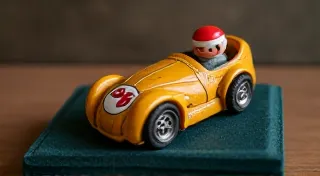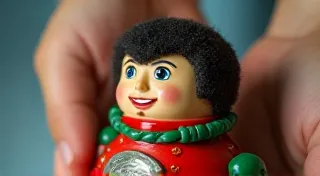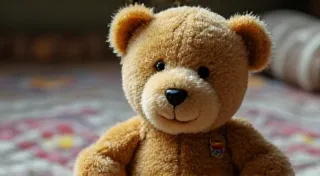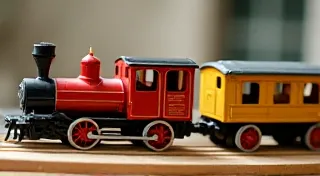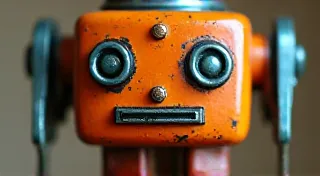The Impact of Television on Vintage Toy Design
The world of vintage toy collecting is steeped in nostalgia, a tangible connection to simpler times and cherished childhood memories. While many factors contributed to the rise of iconic toys, one influence stands out as particularly powerful: television. From the dawn of broadcast television to the advent of color and cable, the medium profoundly shaped the design, production, and ultimately, the desirability of vintage toys. This article explores this significant impact, tracing how popular television programs fueled a cultural phenomenon and transformed the toy industry. Understanding this connection is key for anyone looking to begin investing in vintage toys, particularly when assessing the long-term value and collectability of specific items.
The Early Years: Radio’s Legacy and the First Television Programs
Before television, radio reigned supreme as the primary source of entertainment for families. Radio shows often featured memorable characters and storylines that captivated audiences. Early attempts to translate this radio popularity into physical merchandise were rudimentary, often limited to inexpensive premiums given away with purchases. When television arrived, it amplified this potential exponentially. Early television programming, largely consisting of live performances and variety shows, initially lacked the defined characters needed to inspire widespread toy lines. However, the seeds were sown – the concept of linking entertainment to merchandise was firmly established.
The introduction of serialized dramas and westerns in the 1950s started to change the landscape. Shows like "I Love Lucy" (1951-1957), while not immediately spawning an extensive toy line, proved the power of relatable characters and family-oriented narratives. The popularity of Lucille Ball’s comedic timing and the show's overall charm fueled demand for merchandise, albeit mainly focused on premiums and novelties.
The Western Boom and the Rise of Action Figures
The 1950s and 1960s witnessed a massive boom in Western television shows. "Gunsmoke," "Bonanza," "The Lone Ranger," and countless others dominated the airwaves. This provided a goldmine for toy manufacturers. Suddenly, cowboys, Indians, sheriffs, and villains were transformed into instantly recognizable characters ripe for replication in miniature form. While early Western toys often consisted of basic tinplate figures and horses, the demand created by the television shows pushed the industry to innovate.
This period saw the rise of the first true action figure – Howdy Doody. Although more of a puppet than a traditional action figure, its popularity on the "Howdy Doody Show" (1947-1960) led to a line of dolls and accessories. This laid the groundwork for the more sophisticated action figures that would follow.
The success of "The Lone Ranger" exemplified this phenomenon. Mattel, recognizing the potential, created a line of "Lone Ranger" figures and accessories, including a distinctive cap gun and a rocking horse. These weren't just toys; they were tools for role-playing, allowing children to recreate scenes from their favorite show. For those looking to expand their collections, knowing the origins and manufacturing details – information often gleaned from attending auctions or exploring estate sales – can dramatically impact your ability to find truly special pieces. It’s essential to do your research before committing, which is something you can learn more about by checking out finding vintage toys.
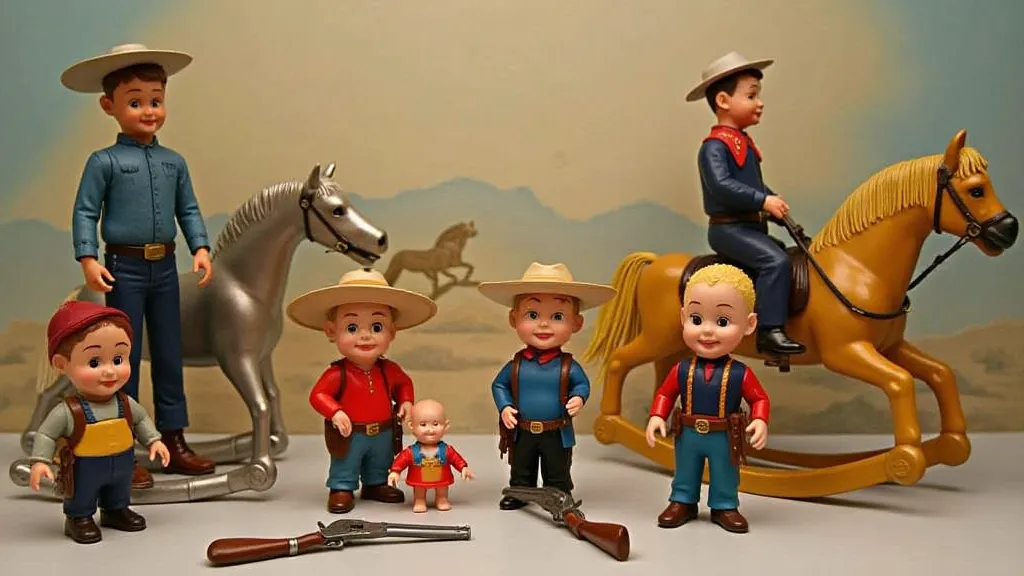
The Superhero Era: Batman, Superman, and Beyond
The 1960s ushered in the age of superheroes. "Batman" (1966-1968) was a cultural sensation, catapulting the Caped Crusader and his rogues gallery to unprecedented levels of fame. The show’s campy, colorful style directly influenced the design of Batman toys. Mego Toys dominated the Batman license, producing a remarkably detailed and popular line of action figures that captured the look and feel of the television show. These weren't just static figures; they had fabric costumes, accessories, and capes, enhancing the play experience.
Similarly, the "Superman" television series (1951-1958) – although preceding the Batman phenomenon – established the precedent for licensing superhero characters. While the initial Superman toys were relatively simple, the show cemented the superhero’s place in the popular imagination and paved the way for more elaborate lines to follow.
Science Fiction and the Space Race: Lost in Space and Star Trek
The Space Race and the burgeoning science fiction genre heavily influenced toy design in the late 1960s and 1970s. "Lost in Space" (1965-1968), with its futuristic gadgets and visually striking characters, inspired a line of toys from Mattel. These toys included robots, spaceships, and detailed figures of the Robinson family. The focus was on realistic details and imaginative play, reflecting the excitement surrounding space exploration.
“Star Trek” (1966-1969) had a profound and lasting impact. The initial line of Star Trek toys was relatively limited, but fan demand fueled its expansion. “Mego” Star Trek figures, released in the 1970s, were immensely popular, capturing the iconic look of the original crew. These figures, along with their starships and accessories, became cherished collectibles. Building a specific focus in your collection, whether it's a particular show or character, can lead to more rewarding discoveries. For collectors hoping to hone their approach and build a truly impressive collection, you might find some useful insights by exploring building a focused collection.
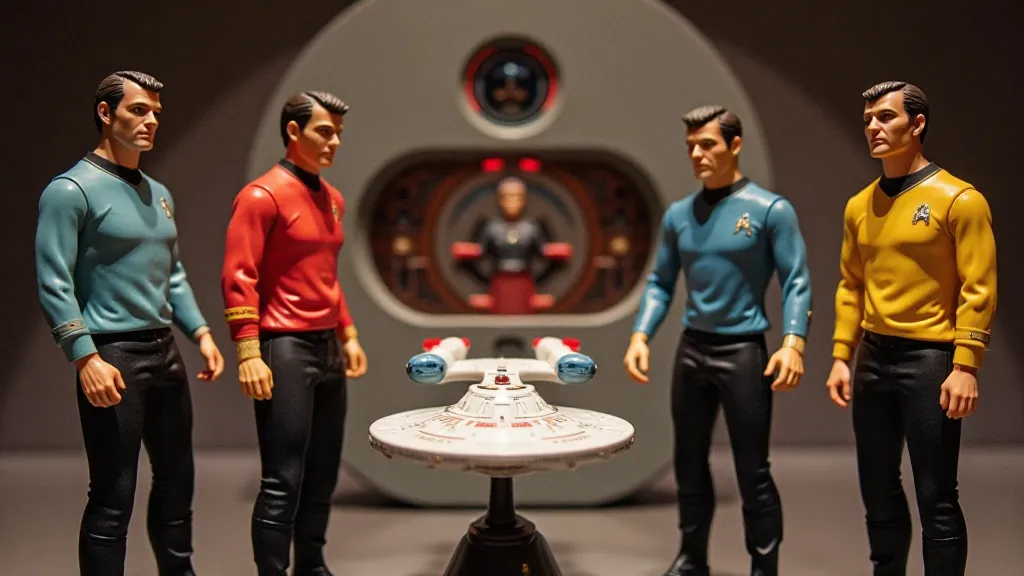
The 1970s: Action Figures Evolve
The 1970s witnessed a significant evolution in action figure design and production. Kenner's "Six Million Dollar Man" and "Bionic Woman" lines exemplified this trend. These figures featured articulation and a level of detail previously unseen in mass-market toys. The focus shifted from simple static figures to interactive playthings that allowed children to recreate action sequences from the shows.
The Influence Continues: From He-Man to Today
The 1970s’ innovations paved the way for the 1980s and beyond. “He-Man and the Masters of the Universe” (1983-1985) and “Transformers” (1984-1987) capitalized on the established principles, introducing complex backstories, intricate character designs, and elaborate playsets. The success of these franchises demonstrated that television and toy lines could be mutually beneficial – the show promoting the toys, and the toys driving viewership and sales. These franchises weren’t just about the toys themselves; they were about the entire experience – the cartoons, the comic books, and the overall sense of play. Many collectors specialize in particular eras, seeking out the original packaging and advertisements to complete the picture of what it was like to be a child during those times.
The Enduring Legacy and Collector's Perspective
Even today, the legacy of television’s influence on vintage toy design is evident. Retro toy lines, inspired by classic television shows, continue to be produced, catering to both nostalgic adults and a new generation of collectors. The connection between the screen and the toy box remains strong, a testament to the enduring power of this unique cultural partnership.
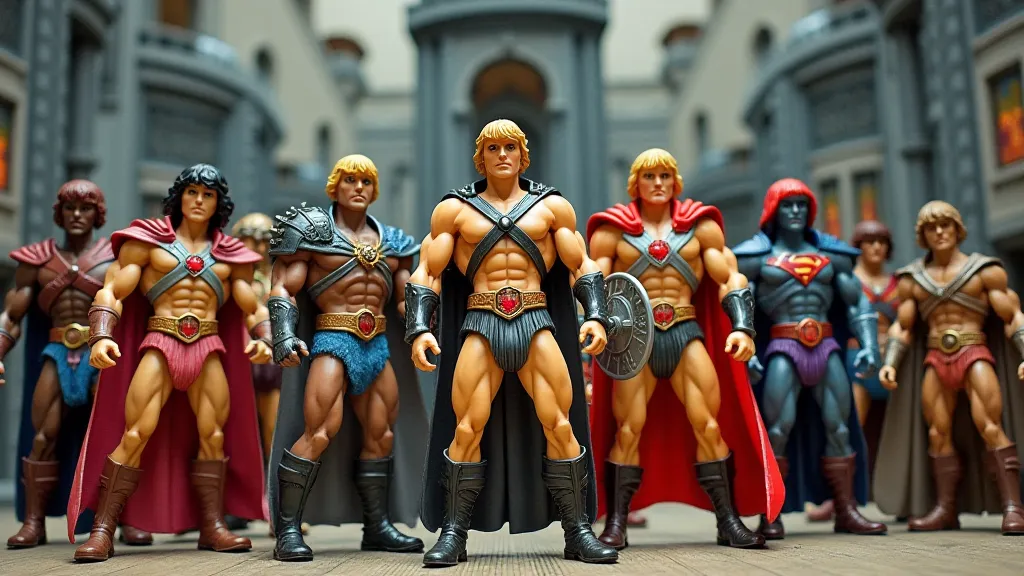
Collecting Vintage Toys and the Television Connection
For collectors of vintage toys, understanding the relationship between television and toy design is essential. The rarity, condition, and overall desirability of a particular toy are often directly linked to its association with a popular television program. Knowing the original broadcast dates, the manufacturers involved, and the overall cultural context surrounding the show can significantly enhance a collector’s appreciation and understanding of their vintage treasures. The stories these toys tell are intertwined with the narratives of the television programs that brought them to life, making them not just playthings, but tangible artifacts of a bygone era. It's more than just acquiring a toy; it's preserving a piece of cultural history. Furthermore, many vintage toy values are tied to the overall condition of the toy and original packaging - a concept often overlooked by casual buyers. To learn more about assessing value and finding those elusive gems, consider exploring resources focused on collecting vintage model cars. Although centered on a different collectible, the principles of condition assessment and historical context apply widely.
